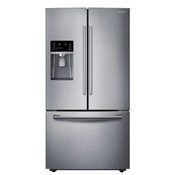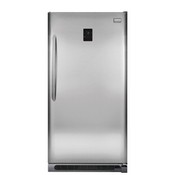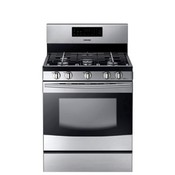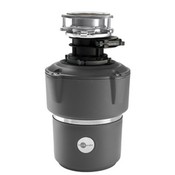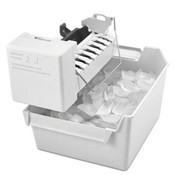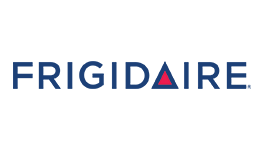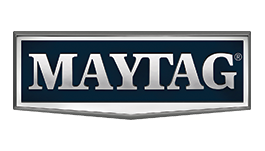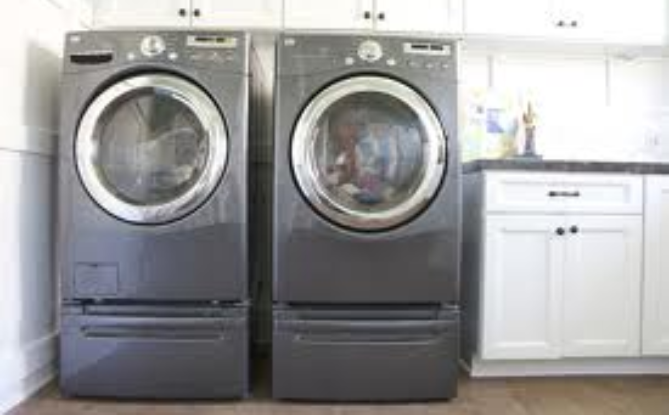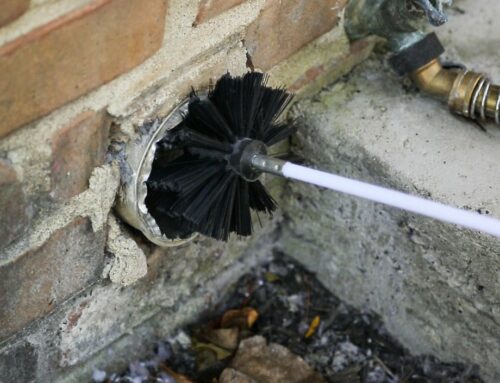Common household appliances typically provide functions based on very simple ideas, saving consumers time and energy every day. Even the basic function of drying wet clothing is done much faster and more conveniently with a clothes dryer. Although dryer repair in Tyler Texas is sometimes needed over the life of a unit, these appliances are low-maintenance, push-button machines that have greatly simplified our lives. By understanding how dryers work, consumers can be sure to get the longest life and most efficiency out of an appliance.
Evaporation and Drying Clothes Principles
Before understanding the inner workings of a clothes dryer, knowing how clothing dries should be comprehended . It is not just a matter of evaporation, which is both a simple and complex concept to learn. Yes, fabric dries when water is removed through evaporation, although there are many variables that can affect the rate of evaporation.
Evaporation involves numerous physical state changes of air and water. Water is a liquid, which in the presence of air gradually vaporizes and is then absorbed into the air. Air will continue to absorb vaporized water until it has reached maximum concentration, at which time it is then released again as water in the form of condensation or rain as examples.
Temperature likewise affects evaporation. Warmer temperatures convert water more easily into vapor than cooler temperatures. Even without heat, water will eventually evaporate; however, the addition of heat causes vaporization to happen much faster.
Evaporation and Clothes Dryers
Having seen how the basic principles of evaporation function, it is possible to see the main challenges encountered when designing and using clothes dryers. Depending on the amount of water being held in the fabric as well as the air temperature and humidity level in the drum, drying rates will change. In addition, different fabrics hold and release water at different rates.
The basic theory is more water present in the material to be dried, the higher the heat setting must be for evaporation to take place. Conversely, the less water that is present, the lower the heat setting must be for drying to take place. As long as enough moisture is released from the fabric to be absorbed into the air, drying will occur. Adding a tumbling action to keep fabric loose and encourage the release of moisture speeds up the rate at which clothing will dry.
It is interesting to note that higher heat settings can actually slow drying time. If the heat is high enough to produce steam more rapidly than can be easily absorbed into the air within the drum, condensation will take place and slow down drying time due to less of a capacity to absorb the evaporated moisture. This is why some consumers experience poor dryer efficiency even on the hottest settings; there just is not enough dry air flowing through the drum to absorb all the moisture.
Along with sufficient dry air flow to absorb released moisture, clogged lint traps and blocked vents will also drastically affect the flow of dry air in and out of the dryer and are frequent causes of poor performance. This also tends to be the cause of many calls for College Station dryer repair.
Evaporation and Different Dryer Heat Settings
The source of heated air blowing into a dryer drum is designed to be adjustable so that consumers can change heat settings based on what is assumed to be the humidity conditions inside the tumbling drum per manufacturer recommendations that are provided just for this reason. Many consumers do not read all available information and assume to know how to operate the appliance. As a result, a dryer may cost more to run or take longer to dry than it should, even when properly functioning.
By understanding how clothes dryers work and what is needed to promote efficient evaporation, consumers can know the best way to use this appliance for optimal performance. Of course, if drying does not work as it should, that is when the services of dryer repair company in Tyler TX is needed to determine and repair the problem. Don’t let that service call be a result of the above issues that are simple to resolve!

